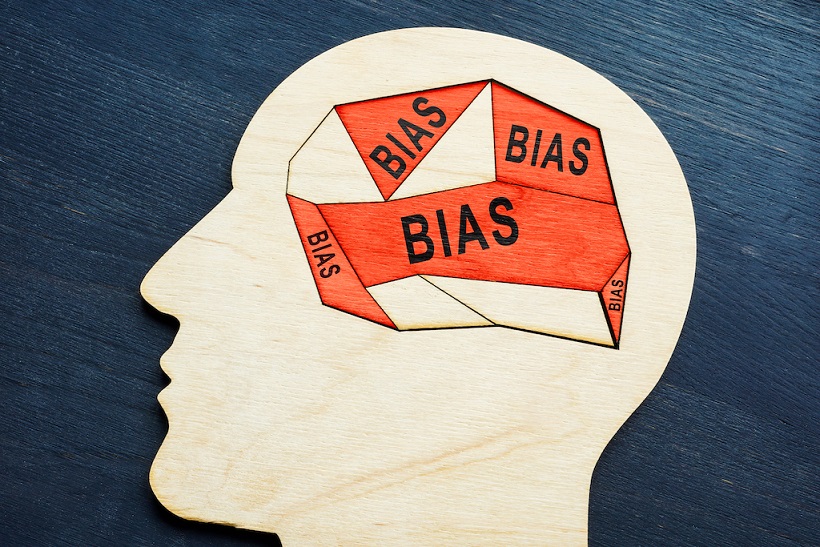Irrational beliefs or behaviours that can affect our decision-making process are known as “behavioral biases.”
Individuals do not always act logically and evaluate all available information when making decisions, as they are swayed by behavioural biases. These biases can lead to poor judgements. And they can prove to be very costly when it comes to investing in the market.
Behavioral biases are often divided into two types: emotional biases and cognitive biases.
Cognitive biases are a result of simple statistical, information-processing, or memory flaws. They usually stem from poor reasoning.
Emotional biases arise from instinct or intuition and are often the product of feelings influencing judgment.
To ensure that you are not susceptible to these biases, you must identify, accept, and adapt to the biases. Here are a few of them that you should try to minimise or avoid while trading or investing in the market.
Also Read: Here’s How You Can Get a Job in Metaverse and Web3 Industry
1. Overconfidence Bias
According to studies, overconfident traders trade more frequently and fail to diversify their portfolios appropriately, exposing themselves to far greater risks and possible losses.
Overconfidence bias affects traders who are overconfident in their trading abilities, causing them to make risky decisions or trade excessively. You may also be overconfident in assets in which you have previously invested substantially, resulting in a portfolio that lacks diversity.
2. Herd Behavior Bias
Herd behaviour occurs when investors follow others’ decisions rather than making their own based on financial data and their own research.
People follow the herd because it makes them feel safer. There’s also the “fear of missing out”: if your friends are making money by investing in a certain asset, sitting on the sidelines feels uneasy.
Also Read: Here’s How Much Your $100 Investment in Stellar Will Be Worth If XLM Reaches $1
3. Anchoring Bias
The tendency to rely too heavily on the first piece of information we receive is known as anchoring, and it can have a major influence on the decisions we make.
Once that first piece of information, or “anchor,” is established, our brain makes decisions based on it, whether right or wrong. Investors can stick too closely to their earlier projections, even when new information comes to light.
4. Narrative Bias
The “narrative bias” refers to our inclination to interpret information as part of a larger story, regardless of whether the facts support the entire narrative or not.
In this case, investors are prone to overlooking evidence in favour of a compelling narrative about a certain asset or strategy. While stories might be intriguing, it is critical to analyse the big picture before making an investing decision.
5. Confirmation Bias
People prefer to seek out and pay attention to information that confirms their existing beliefs, while avoiding evidence that questions or contradicts those beliefs. This arises because humans try to avoid the mental discomfort that comes when new knowledge contradicts our views or perceptions.
As a consequence, investors dismiss unfavourable information about certain assets, which might be a warning sign that can help them avoid losses. Investors may sometimes ignore information that supports contrary views, resulting in missed opportunities.
Also Read: Best Risk Management Strategies To Mitigate Risks In Crypto Market







